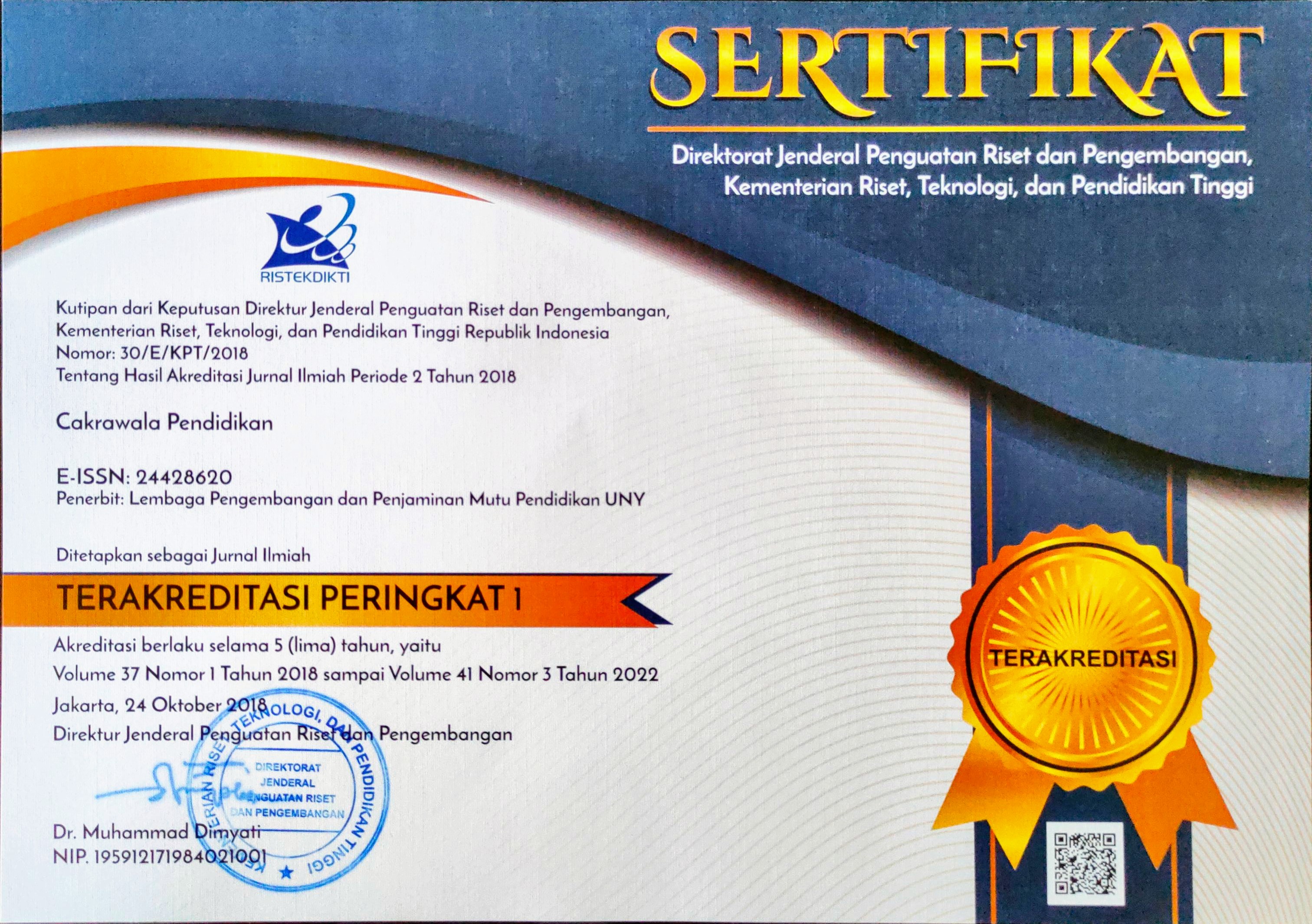Designing for Excellence
페이지 정보
작성자 Curtis 작성일25-04-13 11:52 조회3회 댓글0건관련링크
본문
 Design for Six Sigma (DFSS) is a holistic approach to product design and development that focuses on building quality into products and processes from the outset by addressing problems early on. It's a methodology that combines the principles of Six Sigma with the tools and techniques of Design for Manufacturability, aiming to create products and processes that are inherently defect-free.
Design for Six Sigma (DFSS) is a holistic approach to product design and development that focuses on building quality into products and processes from the outset by addressing problems early on. It's a methodology that combines the principles of Six Sigma with the tools and techniques of Design for Manufacturability, aiming to create products and processes that are inherently defect-free.What is DFSS?
----------
DFSS is a methodology that was first introduced in the late nineties as a natural extension of the Six Sigma methodology. While Six Sigma focuses on improving existing processes and reducing defects by analyzing and addressing the root cause, DFSS takes a proactive approach to product and process development, aiming to create products and processes that are inherently efficient.
The key philosophy behind DFSS is that it's better to get it right the first time than to have multiple iterations than to fix it after the fact. This approach reduces the need for costly redesign and reassembly, and ultimately leads to improved business outcomes.
Benefits of DFSS
----------------
The benefits of DFSS are numerous and well-documented in various industries. Some of the key advantages of this approach include:
- Quality products that meet customer expectations.
- Reduced costs through increased efficiency.
- Improved customer loyalty.
- Cost savings through reduced rework.
- Efficient processes that meet customer needs.
How DFSS Works
----------------
The DFSS process typically involves the following steps:
1. Define the problem or opportunity.
2. Assess the current state and identify areas for improvement.
3. Assess the data to identify improvement opportunities.
4. Use DFSS tools to design the new product or process.
5. Test the new product or process to ensure it meets requirements.
6. Deploy the new product or process.
DFSS Tools and Techniques
-------------------------
Some of the key tools and techniques used in DFSS include:
- QFD (Quality Function Deployment).
- Tools and techniques for designing products that are easy to manufacture.
- DFA (Design 5S for improvement Assembly).
- Metrics that measure performance against customer requirements.
- Performance metrics that drive business results.
Applications of DFSS
---------------------
DFSS has applications in a wide range of fields, including electronics and medical devices.
댓글목록
등록된 댓글이 없습니다.

